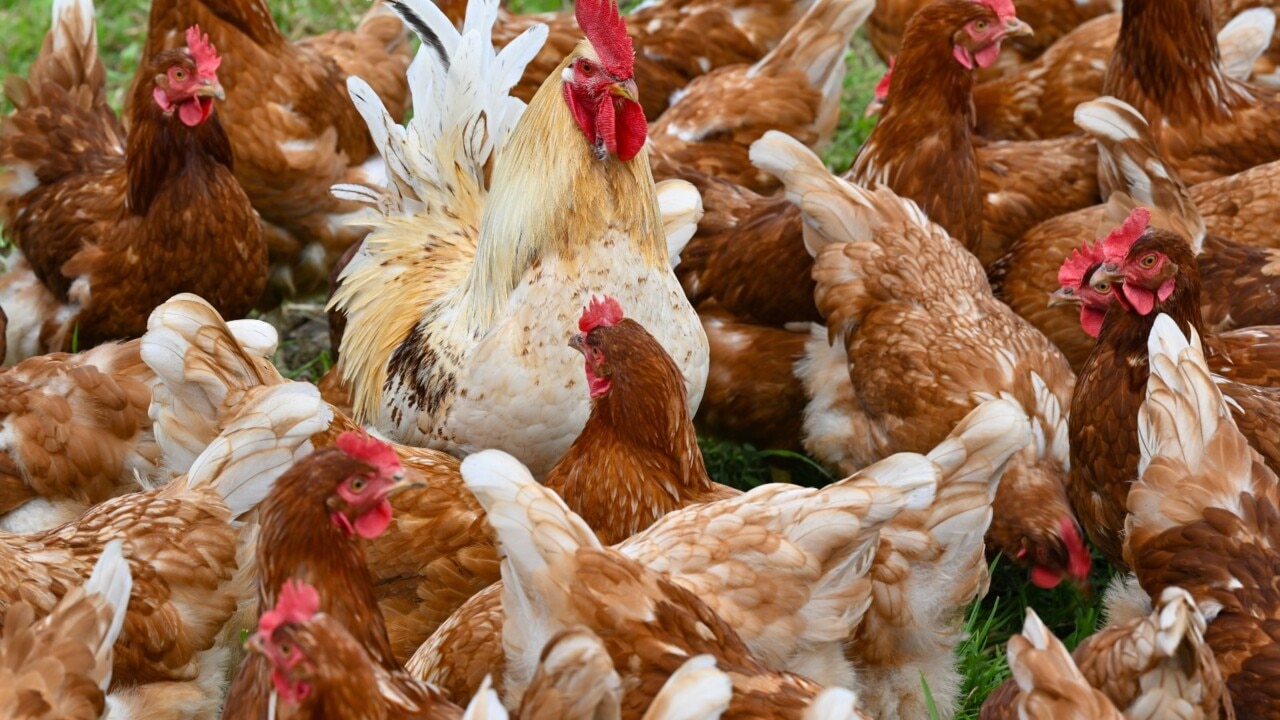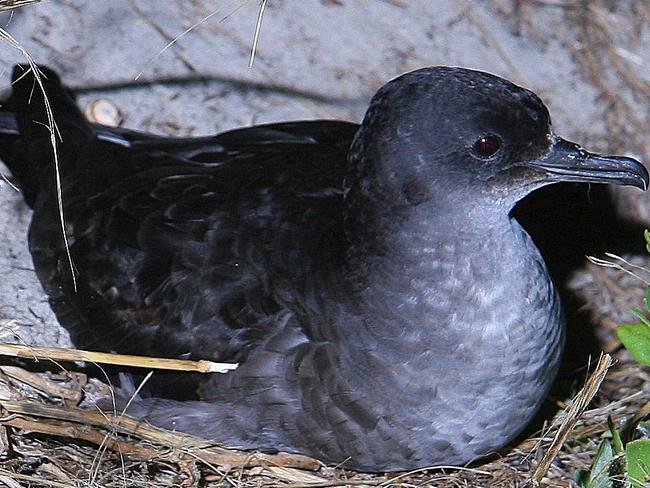State government prepares emergency plan to combat bird flu in Victoria
The state government is preparing an emergency plan to combat a potentially catastrophic avian flu outbreak in Victoria, which is “causing havoc” overseas and could threaten pet dogs and cats.

Victoria
Don't miss out on the headlines from Victoria. Followed categories will be added to My News.
The state government is preparing an emergency plan to combat a potentially catastrophic avian flu outbreak in Victoria.
The state’s chief veterinary officer Graeme Cooke told the Saturday Herald Sun that Victorian authorities were undertaking “enhanced emergency preparedness planning” around the looming threat of the highly pathogenic H5N1 strain of the avian flu.
The strain – which scientists say is “causing havoc overseas” – is now in every continent except Australia.
The Saturday Herald Sun understands the government is planning to soon rollout signs for the public to look out for dead birds and to report them to a hotline.
It is also discussing plunging areas of the state’s zoos and Royal Botanical Gardens into lockdown to protect animals which could be susceptible to the virus, while it is also discussing vaccinating vulnerable species.
Dr Cooke said the government was working with the poultry industry, wildlife experts and land managers “to develop mitigation strategies that assist in protecting high-risk wildlife species and are monitoring for early signs of the virus within wildlife and poultry”.
“The strategies employed for the detection of H5N1 in wildlife, domestic poultry and other types of birds may include surveillance activities, enhanced communications and biosecurity measures. This could include the possibility of movement restrictions on susceptible animals,” he said.

It’s feared that such an outbreak could wipe out local black swan populations and could also affect pet cats and dogs.
Poultry as well as penguins, ducks, geese, swans, pelicans, gulls, shorebirds, seabirds, eagles and hawks are highly susceptible to the illness.
But some mammals – particularly scavenging species which eat the carcasses of infected animals, as well as marine mammals including seals and sea lions – could be in danger.
Frank Wong, a senior research scientist at CSIRO’s Australian Centre for Disease Preparedness and an avian influenza expert, said this particular strain had affected millions of wild birds and domestic poultry in every continent except Australia.
Dr Wong said the virus – which has wiped out wild birds and marine mammals in Antarctica – has picked up the ability to infect a “much wider variety” of species than previous strains.
He said on “rare occasions” the virus has impacted cats and dogs.
“It was reported in farmed minks and fur farms in Europe and since March this year, the virus was detected in dairy cows for the first time in the USA,” he said.
Experts said the East Asian Australasian flyway was the most likely path the virus would enter through migratory bird species.

Dr Wong said migratory ducks and geese were the main carriers of bird flu viruses, and while Australia wasn’t in the flyways of these particular migrations, the risk of a detection was increased given the ability to infect other species of wild birds.
The Victorian Department of Energy, Environment and Climate Action is working with government agencies, land managers and relevant organisations to prepare for a local detection, while federal and state governments are co-ordinating a national approach to plan for an outbreak.
Federal Agriculture Minister Julie Collins said Australia remained the only continent free of the H5N1 HPAI strain.
“The situation remains dynamic and we are committed to provide an agile intergovernmental, industry and community response to protect Australian industry, trade and wildlife,” she said.
Earlier this month, Environment Minister Tanya Plibersek warned this strain of avian flu was likely to impact Australia in the not-too-distant future.
“We’re particularly worried about species that are already in very low numbers, threatened species,” she said at the time.
Signs of disease include respiratory issues and sudden death, with people concerned told not to touch the birds but ring the 24/7 emergency animal disease hotline.
Australia’s chief medical officer Prof Paul Kelly earlier this month assured authorities that it was not considered dangerous for human health.
However, experts will be looking closely for “unusual cases” of influenza, after a slightly different strain of H5N1 was detected earlier this year in a two-year-old child that returned from India.
Prof Kelly said preparedness exercises not only considered people’s physical health but also their mental health, which could be affected by potentially seeing large numbers of wildlife or domestic herds being affected.



